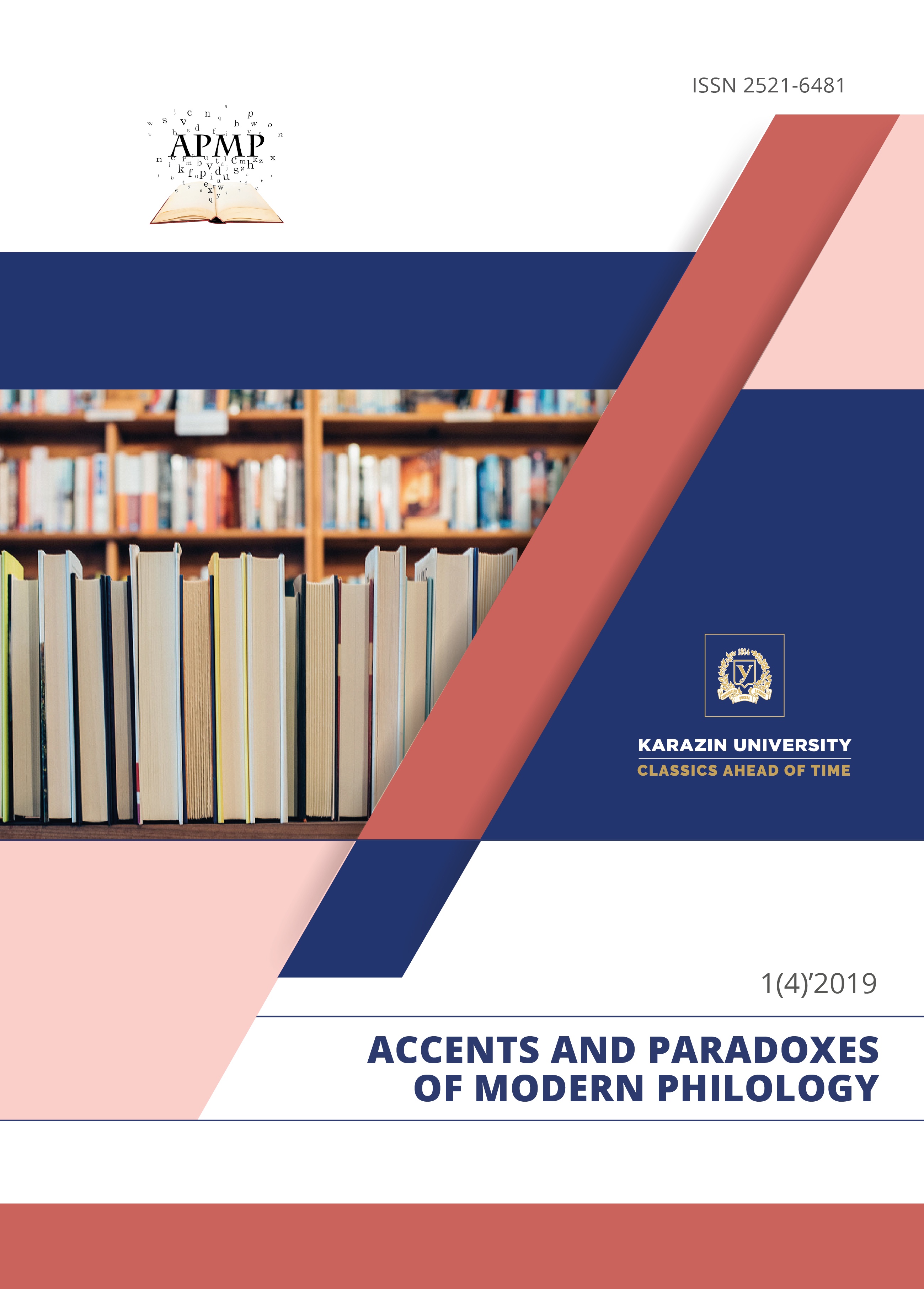Образ Мінотавра у творчості Пабло Пікассою Іконологічне досідження підсвідомого
Анотація
У статті осмислюється образ Мінотавра у творчості Пабло Пікассо, де художник самоототожнюється з цією міфічною істотою. Таке ототожнення коріниться ще в періоді стосунків Пікассо з Марі-Терез Вальтер, коли митець із новою силою повертається до тематики кориди, кульмінацією чого пізніше стане картина «Ґерніка». У ті роки Пікассо цікавиться також сюрреалізмом та теорією Фройда. Між митцем та інтелектуалами й письменниками з кола сюрреалістів очевидне взаємне захоплення, і сюрреалістичні впливи відчутні в його творчості. Мінотавр символізує інстинктивну силу підсвідомого, Пікассо використовує його для уособлення злочинного й сексуального імпульсу, що підкоряє собі, здавалось би, найміцніші підвалини моралі. Всі персонажі «Мінотавромахії» уособлюють самого Пікассо в різних психологічних вимірах. Мінотавр – людина й звір водночас, синтез двох головних антагоністичних учасників кориди, любителем якої був Пікассо; Мінотавр, у тому, що в ньому людського, теж наділений свідомістю. Корида, будучи національним святом, є також і національною трагедією, й у символістському баченні Пікассо смерть – єдиний переможець. Наголошено вплив стосунків Пікассо з коханими жінками на образність його живопису, зокрема, зображення самого себе як сліпого Мінотавра, що дозволяє вести себе дівчинці, та образ жінки-тореро. Еволюція тематики кориди у становленні митця сприяє кращому розумінню символіки його картини «Ґерніка». Для Пікассо античні міфи є не просто вигаданими сюжетами, а джерелом натхнення життєвих імпульсів, дію яких він відчуває у своїй особистості.
Завантаження
Посилання
Alvar, Manuel, Picasso, los mitos y otras páginas sobre pintores, Edición conmemorativa del XXXII curso superior de filología española, Edición La Muralla, Madrid, 199, 134 p.
Bataille, George, Erotism: death & sensuality, City Lights Books, San Francisco, 1986, 280 p.
Bataille, Georges, Sur Nietzsche, volonté de chance, Paris-Gallimard, 1945, 253 p.
Becraft, Mel, Picasso’s Guernica: Images within Images, Vantagem, Nueva York, 1983, 70 p.
Blunt, Anthony, Picasso’s Guernica, Oxford University Press, New York, 1969, 60 p.
Brassaï, Conversations avec Picasso, Gallimard, Paris, 1964, 340 p.
Calvo Serraller, Francisco, El Guernica de Picasso, TF Editores, Madrid, 1999, 164 p.
Chipp, Herschel B. Picasso’s Guernica. History, Transformation, Meanings, California University Press, Berkeley, 1988.
Eliade, Mircea, Ordeal by Labyrinth. Conversations with Colaude Henri Rocquet, The University of Chicago Press, Chicago, 1978, 225 p.
Fisch, Eberhard, Guernica by Picasso, a Study of the Picture and its Contesxt, Associated University Presses, London; Cranbury, NJ, 1988, Print.
Glucksmann, André, Dostoievski en Manhattan, Taurus, Madrid, 2002, 260 p.
Herrera, Javier, Picasso, Madrid y el 98: la revista "Arte joven", Cátedra, Madrid, 1997, 303 p.
Janouch, Gustav, Conversaciones con Kafka. Notas y recuerdos, Destino, Barcelona, 1997, 349 p.
Johnson, Paul A., Al diablo con Picasso y otros ensayos, Grupo Zeta, Barcelona, 1998, 315 p.
K. Jung y otros, El hombre y sus símbolos, Aguilar, Madrid, 1969.
Inciarte, Fernando, Breve Teoría de la España moderna, Eunsa, Pamplona, 2002, 224 p.
Krauss, Rosalind E. La originalidad de la Vanguardia y otros mitos modernos, Alianza Forma, Madrid, 1996, 328 p.
Mailer, Norman, Portrait of Picasso as a young man: an interpretive biography, New York: Warner Books, 1996, 400 p.
Matisse, Henri, Escritos y opiniones sobre el arte (texto y notas establecidos por Dominique Fourcade), Debate, Madrid, 1993, 290 p.
Picasso, maestros y amigos españoles, Málaga, agosto-octubre, 2002 Catálogo
O’brian, P. Picasso, Noguer, Barcelona, 1977.
Picasso: Obra gráfica original 1904-1971, Ministerio de Cultura, Subdirección General de Artes Plásticas, Madrid, 1981, 512 p.
Picasso, toros y toreros, Catálogo, Réunion des musées nationaux: Diffusion Seuil, Paris, 1993, 255 p.
Picasso, Marina, Picasso, mi abuelo, Plaza y Janés, Barcelona, 2002, 208 p.
Ramirez, Juan Antonio, Picasso, el mirón y la duplicidad, Alianza Cien, Madrid, 1994, 72 p.
Rau, Bernd, Pablo Picasso. Obra gráfica, G. Gili, Barcelona, 1982, 191 p.
Richardson, John, Picasso: una biografía, Vol. II, Alianza, Madrid,1997, 502 p.
Rojas, Carlos, El mundo mítico y mágico de Picasso, Planeta, Barcelona, 1984, 222 p.
Russell, Frank D. El Guernica de Picasso. El laberinto de la narrativa y de la imaginación visual, Madrid, 1981, 322 p.
Schneider, Laurie, Arte y psicoanálisis, Cátedra, Madrid, 1996, 383 p.
Sebastian López, Santiago, El Guernica y otras obras de Picasso, Universidad de Murcia, Murcia, 1984, 128 p.
Sebastian López, Santiago, La clave del Guernica, Boletín del Museo e Instituto Camón Aznar, V, 1981, pp. 5–61.




